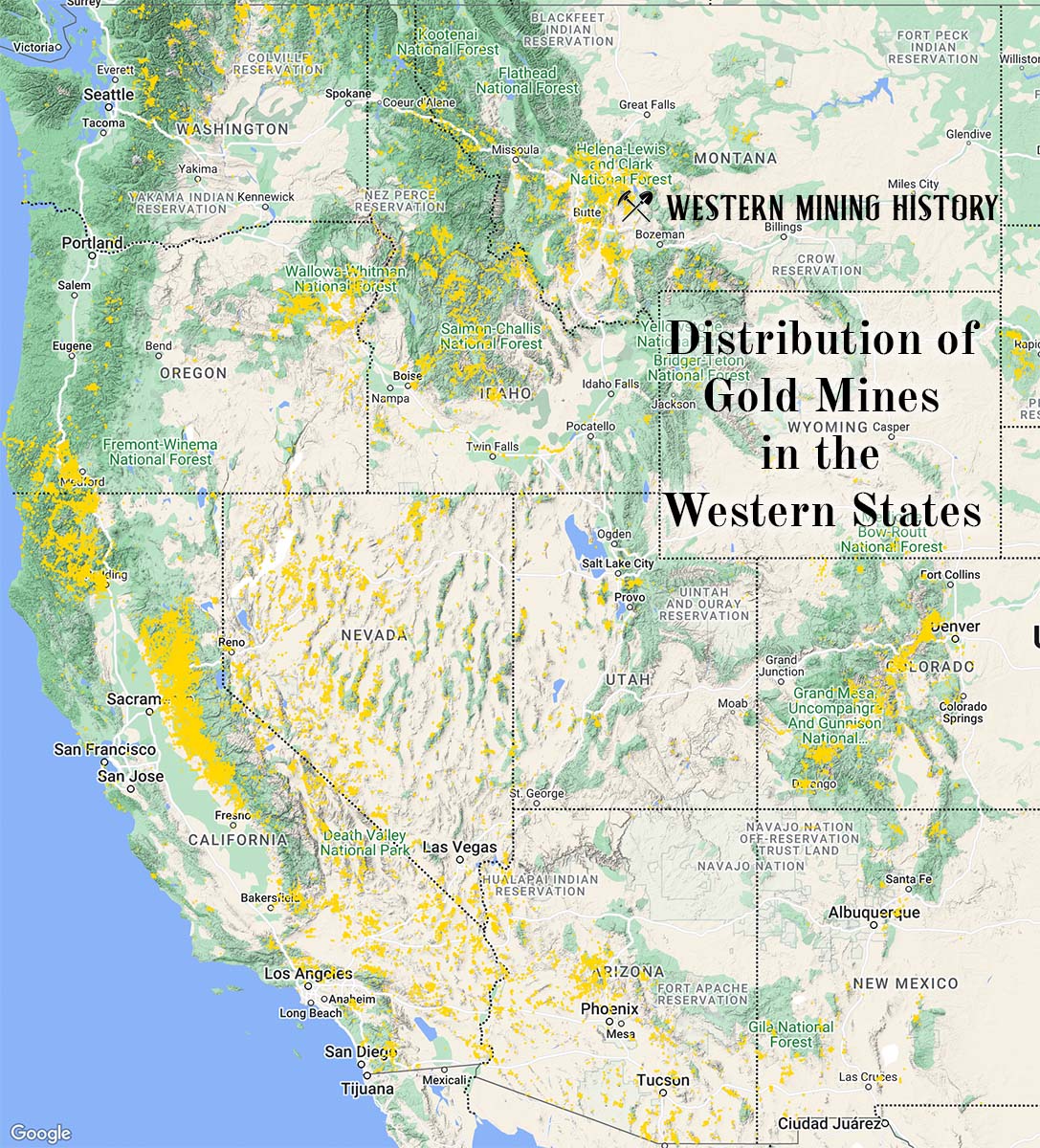The Crash is a zinc, copper, and silver mine located in Alaska.
About the MRDS Data:
All mine locations were obtained from the USGS Mineral Resources Data System. The locations and other information in this database have not been verified for accuracy. It should be assumed that all mines are on private property.
Mine Info
Crash MRDS details
Site Name
Primary: Crash
Secondary: Sheep Creek 2
Commodity
Primary: Zinc
Primary: Copper
Primary: Silver
Secondary: Gold
Secondary: Lead
Location
State: Alaska
District: McGrath
Land Status
Not available
Holdings
Not available
Workings
Not available
Ownership
Not available
Production
Not available
Deposit
Record Type: Site
Operation Category: Prospect
Operation Type: Unknown
Years of Production:
Organization:
Significant:
Physiography
Not available
Mineral Deposit Model
Model Name: Sedimentary exhalative Zn-Pb
Model Name: Polymetallic veins
Orebody
Not available
Structure
Not available
Alterations
Not available
Rocks
Not available
Analytical Data
Not available
Materials
Ore: Malachite
Ore: Galena
Ore: Chalcopyrite
Gangue: Quartz
Comments
Comment (Geology): Age = Undated; inferred to be Lower Ordovician to Lower Silurian, based on graptolites found in mineralized area (Bundtzen, Harris, and Gilbert, 1997).
Comment (Reference): Primary Reference = This description
Comment (Exploration): Status = Inactive
Comment (Geology): Geologic Description = The Crash prospect consists of two siliceous cataclastic breccias similar to those that host mineralization at the Dahl prospect (MG053). Exposed mineralization in one shale hosted breccia zone contains massive chalcopyrite, sphalerite, and traces of galena near the contact between the Lower Ordovician to Lower Silurian, Post River Formation and the mid- to Upper Silurian Terra Cotta Mountains Sandstone; both are units of the Dillinger subterrane (Bundtzen, Harris, and Gilbert, 1997). Another siliceous cataclastic breccia contains abundant arsenopyrite. Both sulfide bearing zones range from 3 to 30 centimeters thick, appear stratiform or parallel to sedimentary bedding, and are isoclinally folded, which suggests sulfides were formed prior to Lower Cretaceous compressive deformation (Bundtzen, Harris, and Gilbert, 1997). The mineralization at the Crash prospect might also be related to younger plutons. The larger massive sulfide-bearing breccia contained up to 16.5 percent copper and 926.8 grams/tonne silver (Brewer and others, 1992). The second cataclastic zone contains a 0.2 to 2.0 meter pod of massive arsenopyrite that contains 6.8 grams/tonne gold. Three samples collected by Smith and Albanese (1985) contain up to 316 ppm copper, 86 ppm lead, 940 ppm zinc, and 10.5 grams/tonne silver.
Comment (Deposit): Model Name = Uncertain; either sedimentary exhalitive lead-zinc (?) or polymetallic vein (Cox and Singer, 1986; model 31a or 22c).
Comment (Deposit): Other Comments = the Crash prospect contains anomalous gold, which is atypical of most sulfide occurrences and prospects in the Farewell Mineral Belt. The Crash zone is in a splay structure associated with a regional fault that hosts the Dahl prospect (MG053).
Comment (Workings): Workings / Exploration = Tom Smith and Mary Albanese first sampled the Sheep Creek-2 occurrence in 1982 during mineral investigations by the Alaska Division of Geological and Geophysical Surveys in the area (Smith and Albanese, 1985). One breccia zone with massive sulfide mineralization contained up to 16.5 percent copper and 926.8 grams/tonne silver. Another smaller siliceous breccia zone with massive arsenopyrite contained 6.5 grams/tonne gold (Brewer and others, 1992). Three random grab samples contained up to 316 ppm copper, 86 ppm lead, 940 ppm zinc, and 10.5 grams/tonne silver.
References
Reference (Deposit): Smith, T.E., and Albanese, M.D., 1985, Preliminary prospect examinations in the McGrath B-2, A-3, and A-4 quadrangles, Alaska: Alaska Division of Geological and Geophysical Surveys Public Data File 85-54, 19 pages.
Reference (Deposit): Bundtzen, T.K., Kline, J.T., and Clough, J.G., 1982, Preliminary geologic map of the McGrath B-2 quadrangle, Alaska: Alaska Division of Geological and Geophysical Surveys Open-File report 149, 22 pages, one sheet, scale 1:63,360.
Reference (Deposit): Brewer, N.H., Puchner, C.C., and Gemuts, I., 1992, Farewell district, southwest Alaska Range: North Pacific Mining Company prospectus report, 21 pages
Reference (Deposit): Bundtzen, T.K., Harris, E.E., and Gilbert, W.G., 1997, Geologic Map of the eastern McGrath quadrangle, Alaska: Alaska Division of Geological and Geophysical Surveys Report of Investigations 97-14, 34 pages, one sheet, scale 1:125,000.
The Top Ten Gold Producing States

These ten states contributed the most to the gold production that built the West from 1848 through the 1930s. The Top Ten Gold Producing States.